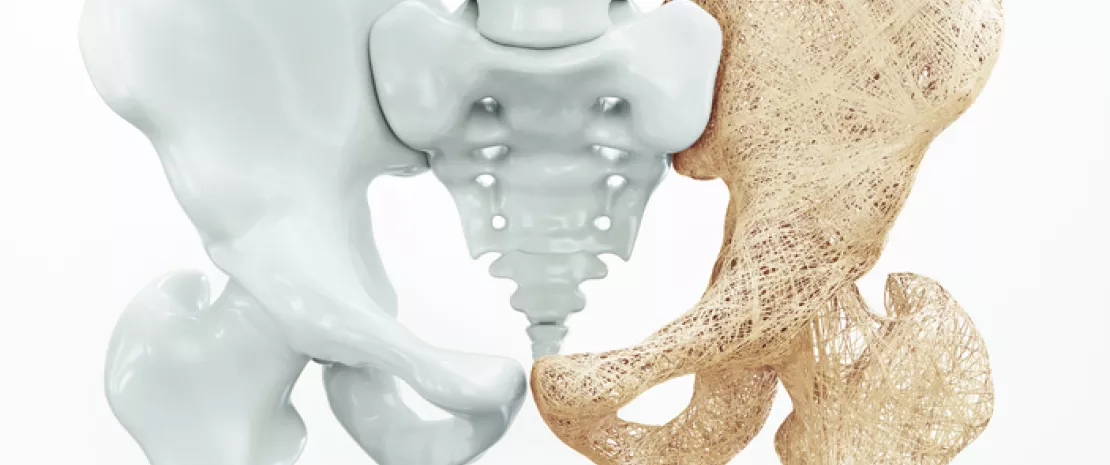Decreased bone mass, damage to bone microarchitecture, excessive skeletal fragility, increased risk of fracture... Osteoporosis, strongly linked to ageing, is on the rise in China, where it represents a major public health issue. The confirmation of a link between osteoporosis and an imbalance of the gut microbiota–as numerous studies suggest–would constitute a major advance in our understanding of the mechanisms involved in the development of the disease and significant progress in the development of preventive and/or curative treatments.
Dissimilar gut microbiota
A group of Chinese researchers compared the intestinal microbiota of 48 patients with primary osteoporosis to that of 48 healthy individuals. Unlike secondary osteoporosis, which is caused by disease, primary osteoporosis has no clearly identifiable cause, with age and menopause being its main risk factors. More diverse overall, the gut microbiota of patients with primary osteoporosis was mainly characterized by a greater abundance of bacteria of the Dialister genus, already suspected of being involved in the loss of bone mass, and associated with an increased level of IL-6, a pro inflammatory substance that promotes bone deterioration. It was also richer in bacteria of the Faecalibacterium genus involved in bone formation, which, conversely, the authors believe likely to be the result of an adjustment by the body to counteract the loss of bone mass.
Soon to be a diagnostic tool?
The researchers subsequently tried to assess whether these differences in the composition of the gut microbiota might serve as a diagnostic marker for osteoporosis. The results showed that an analysis of the gut bacteria of Chinese subjects was able to identify osteoporosis with a high degree of accuracy (over 98%). These significant findings open up new approaches to the prevention and treatment of the disease.














